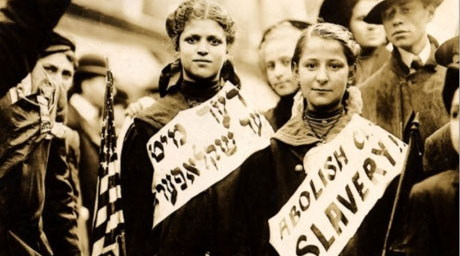Central Question: Why is girlhood historically significant in this era?
The central focus of U.S. textbook chapters on the Progressive era is the historical agency of reformers who expanded public education, reformed industry, and organized to abolish child labor. Textbooks focus on adults more than children and on boys more than girls.
[...] »Historians studying the Progressive era have examined the nature of reform, reformers, and those they sought to reform. They found that the middle-class notions reformers held about womanhood, childhood, and girlhood conflicted with the beliefs of immigrant working-class parents, as well as with the ideas and practices of a new generation of young people.
[...] »The sources show that Progressive reformers focused primarily on the “boy problem” as the major social crisis facing American cities. Sources reveal the anxieties of adults as well as the agency of girls who worked for wages, organized strikes, played on city streets, contributed to household economies, and participated in American society.
[...] »Abstract

The historical agency of adult reformers and the issues they championed in regard to children—principally child labor and education—are the focus of most textbook chapters on the Progressive era. However, shifting the focus to the labor and leisure of Progressive-era girls complicates the picture of adult do-gooders helping vulnerable “have nots.” Capable girls contributed to the growth of their families, communities, and country by producing goods, consuming commodities, and organizing workers. In the process, girls defied traditional gendered beliefs nurtured by immigrant parents and the ideals of girlhood fostered by middle-class reformers. Although both parents and Progressives sought to contain “wayward girls,” immigrant and urban working-class girls who embraced new commercial entertainments created a vibrant subculture that transformed American culture and society in the 20th century.
Read the full essay and explore the sources. »